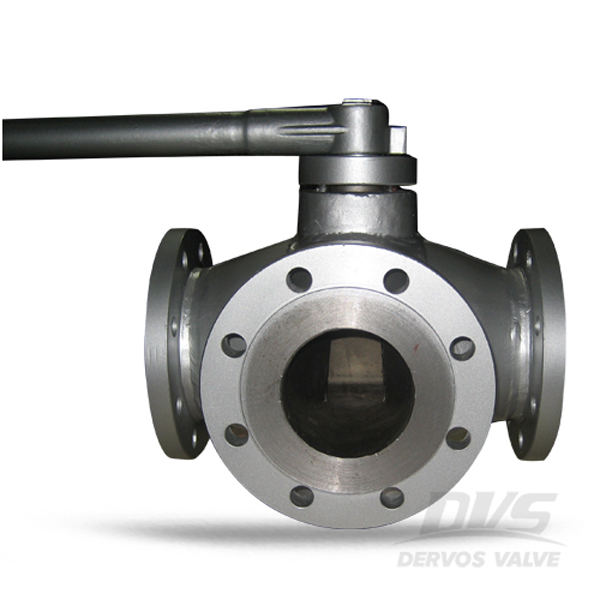Payment:
30% T/T When Order, 70% T/T Before ShipmentProduct Origin:
ChinaColor:
CustomizationShipping Port:
Shanghai ChinaLead Time:
30~55 days Ex Works After Order ConfirmationMaterial:
Carbon Steel Plug ValveMethod of Operation:
Lever Operated Plug ValveThe 3 way plug valve is made of WCB body and stainless steel trim as per API 599. The plug valve that could connect any two ports together is applicable for natural gas service, water, oil and so on.
Quick Detail
|
Type |
Plug Valve |
|
Size |
4'' |
|
DesignPressure |
150LB |
|
Construction |
Three Way Type Plug Valve |
|
ConnectionType |
Flange Connection |
|
Operation |
Lever/Wrench |
|
Design Code |
API 599 |
|
Face to Face |
ASME B16.10 |
|
End Connection |
ASME B16.5 |
|
Pressure & Temp |
ASME B16.34 |
|
Test & Inspection |
API 598 |
|
Body Material |
A216 WCB |
|
TemperatureRange |
-29℃~+425℃ |
|
Application |
WOG |
Related Knowledge
What are types of plug valves?
Lubricated Plug Valve
The plug gets lubricated by injecting sealant through injection fitting. The lubricant make sure the smooth movement and prevent the corrosion of plug. Usually, the seat of lubricated plug valve is metal, thus they can withstand higher temperature, available in larger size and higher pressure.
Non-Lubricated Plug Valve
A non-metallic sleeve or liner is installed in the body cavity of the plug valve. This sleeve reduce the fricion beween plug and body. Meanwhile it prevents the corrosion of plug. Due to non-metallice sleeve, the non-lubricated plug valve cannot be used in high temperature condition.
Multiway Plug Valve
The multiway plug valve is used for diverting flow in transfer lines. The multiway plug valves we often see are 3 way plug valve or 4 way plug valve.


If you are interested in our products and want to know more details,please leave a message here,we will reply you as soon as we can.